The X-shaped building in southwestern China could help China pull ahead in the race to master a futuristic clean energy source and amp up weapons research.


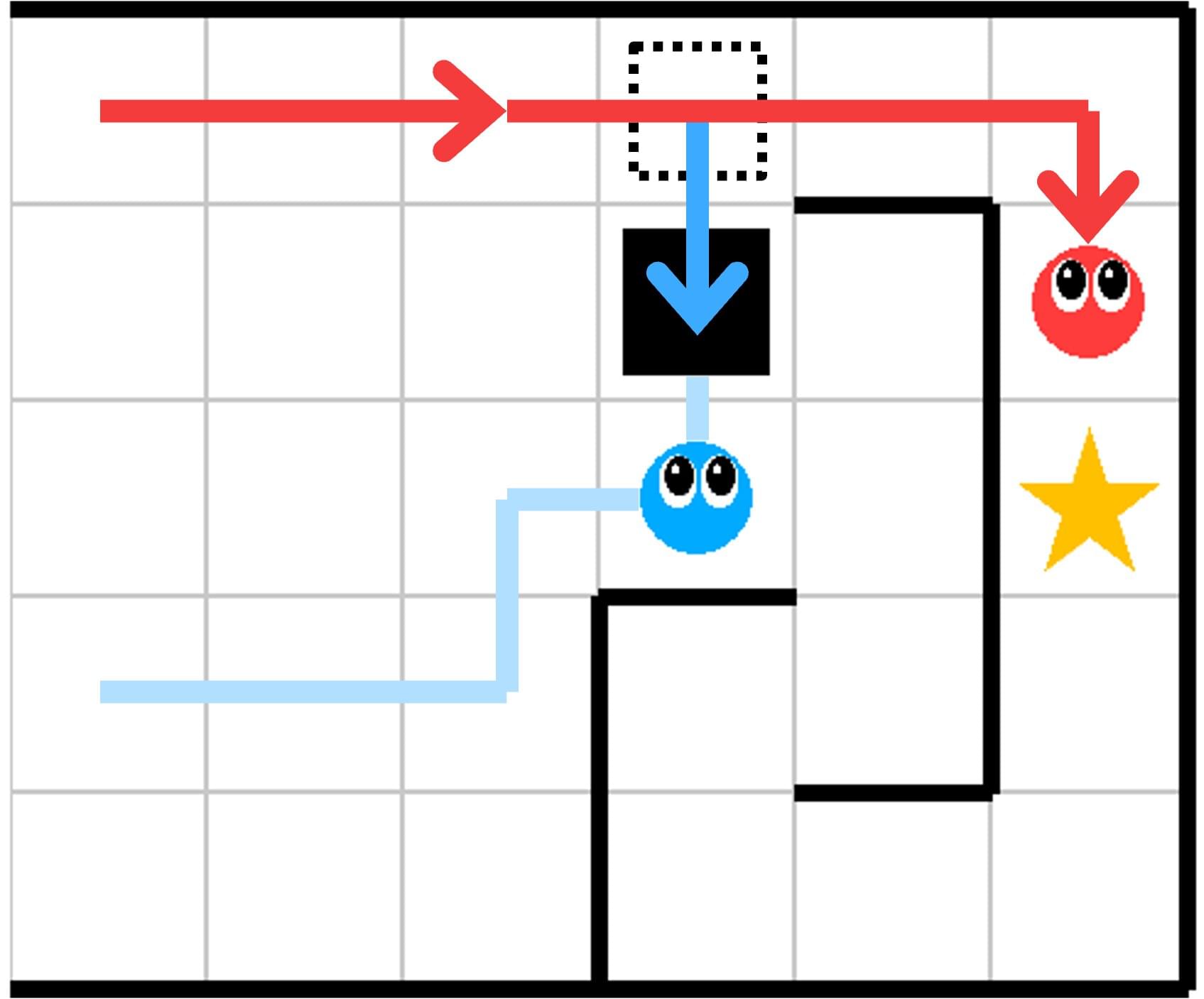
Electric sparks are used for welding, powering electronics, killing germs or for igniting the fuel in some car engines. Despite their usefulness, they are hard to control in open space—they split into chaotic branches that tend to go toward the closest metallic objects.
A recent study published in Science Advances uncovers a way of transporting electricity through air by ultrasonic waves. The level of control of the electric sparks allows guidance of the spark around obstacles, or guiding it to hit specific spots, even in non-conductive materials.
“We observed this phenomenon more than one year ago, then it took us months to control it, and even longer to find an explanation,” says Dr. Asier Marzo from the Public University of Navarre, lead researcher of the work.
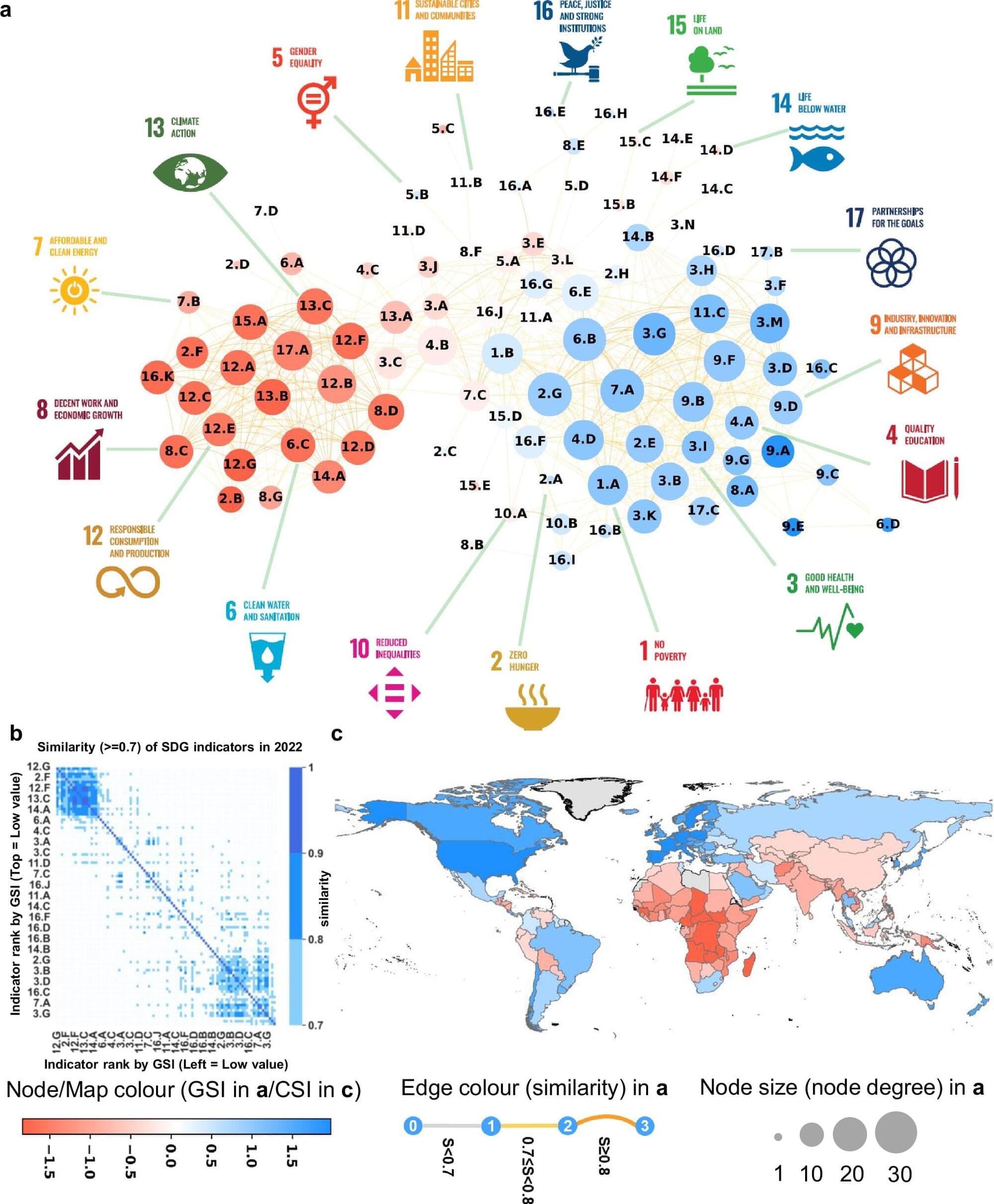
The Sustainable Development Goals (SDGs) constitute the leading global framework for achieving human progress, economic prosperity, and planetary health. This framework emphasizes issues such as public health, education for all, gender equality, zero hunger, adoption of clean and renewable energy, and biodiversity conservation. Yet, despite this comprehensive agenda, questions remain about how different nations navigate their own paths toward these goals.
A recent study, published in Nature Communications provides insights into the trajectories of 166 countries as they have worked toward the SDGs over the past two decades.
By applying network analysis and the Product Space methodology, commonly used in the field of complexity economics, the researchers constructed the “SDG Space of Nations.” The elaborate model shows that countries do not simply march in lockstep toward sustainable development; instead, they cluster into distinctive groups, each with its own strengths and specializations, sometimes quite unexpected.

Scientists have developed a novel tool designed to protect and conserve coral reefs by providing them with an abundance of feeding opportunities.
The device, dubbed the Underwater Zooplankton Enhancement Light Array (UZELA), is an autonomous, programmable underwater light that works to draw in nearby zooplankton, microscopic organisms that coral feed on.
After testing the submersible on two species of coral native to Hawaii over six months, researchers found that UZELA could greatly enhance local zooplankton density and increase the feeding rates of both healthy and bleached coral. Importantly, providing coral with greater amounts of food makes them stronger and more likely to be resilient against certain environmental threats, like heat stress or ocean acidification.

Phase transitions, shifts between different states of matter, are widely explored physical phenomena. So far, these transitions have primarily been studied in three-dimensional (3D) and two-dimensional (2D) systems, yet theories suggest that they could also occur in some one-dimensional (1D) systems.
Researchers at the Duke Quantum Center and the University of Maryland recently reported the first observation of a finite-energy phase transition in a 1D chain of atoms simulated on a quantum device. Their paper, published in Nature Physics, introduces a promising approach to realizing finite-energy states in quantum simulation platforms, which opens new possibilities for the study of phase transitions in 1D systems.
The recent study is a collaborative effort that combined the work of theoretical physicists at the University of Maryland with that of experimental physicists at the Duke Quantum Center, where the quantum simulator was placed and where the experiments were carried out.
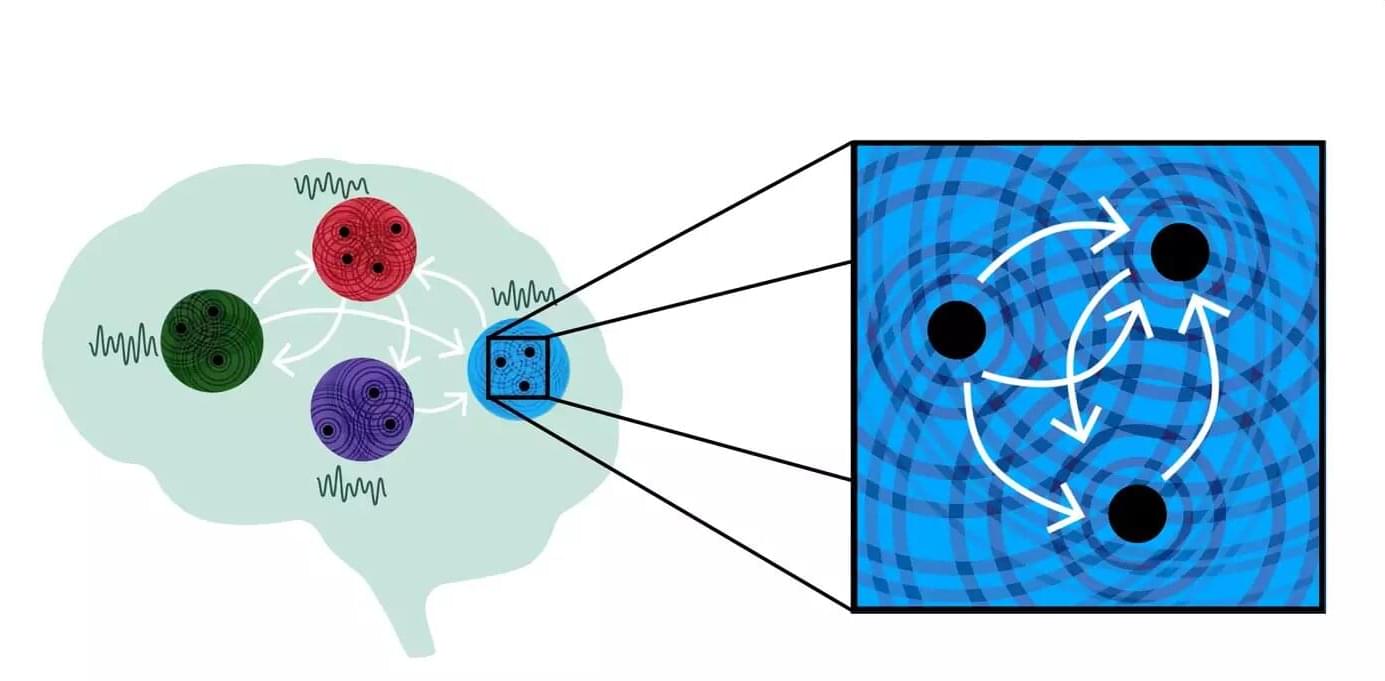
Researchers at the Ernst Strüngmann Institute in Frankfurt am Main, Germany, led by Wolf Singer, have made a new discovery in understanding fundamental brain processes. For the first time, the team has provided compelling evidence that the brain’s characteristic rhythmic patterns play a crucial role in information processing. While these oscillatory dynamics have long been observed in the brain, their purpose has remained mostly elusive until now.
The study has the potential to transform our understanding of brain activity. Using computer simulations, the researchers show that recurrent networks with oscillating nodes demonstrate better performance compared to non-oscillating networks and replicate many experimentally observed phenomena.
These findings indicate that oscillatory dynamics are not just an epiphenomenon but are essential for efficient computation in the brain. The work is published in the journal Proceedings of the National Academy of Sciences.
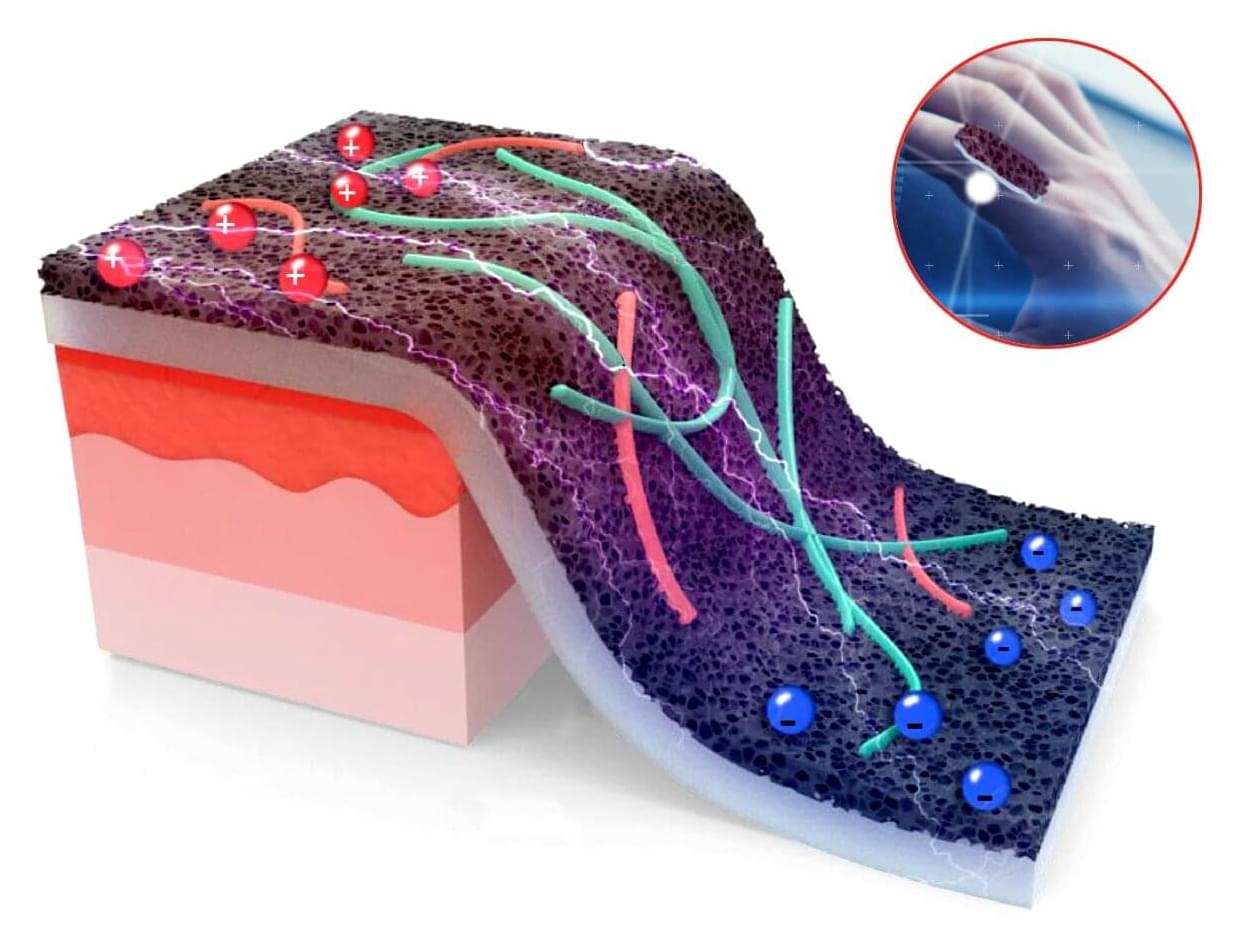
The largest solar storm in two decades hit Earth in May 2024. For several days, wave after wave of high-energy charged particles from the sun rocked the planet. Brilliant auroras engulfed the skies, and some GPS communications were temporarily disrupted.
With the help of a serendipitously resurrected small NASA satellite, scientists have discovered that this storm also created two new temporary belts of energetic particles encircling Earth. The findings are important to understanding how future solar storms could impact our technology.
The new belts formed between two others that permanently surround Earth called the Van Allen Belts. Shaped like concentric rings high above Earth’s equator, these permanent belts are composed of a mix of high-energy electrons and protons that are trapped in place by Earth’s magnetic field. The energetic particles in these belts can damage spacecraft and imperil astronauts who pass through them, so understanding their dynamics is key to safe spaceflight.
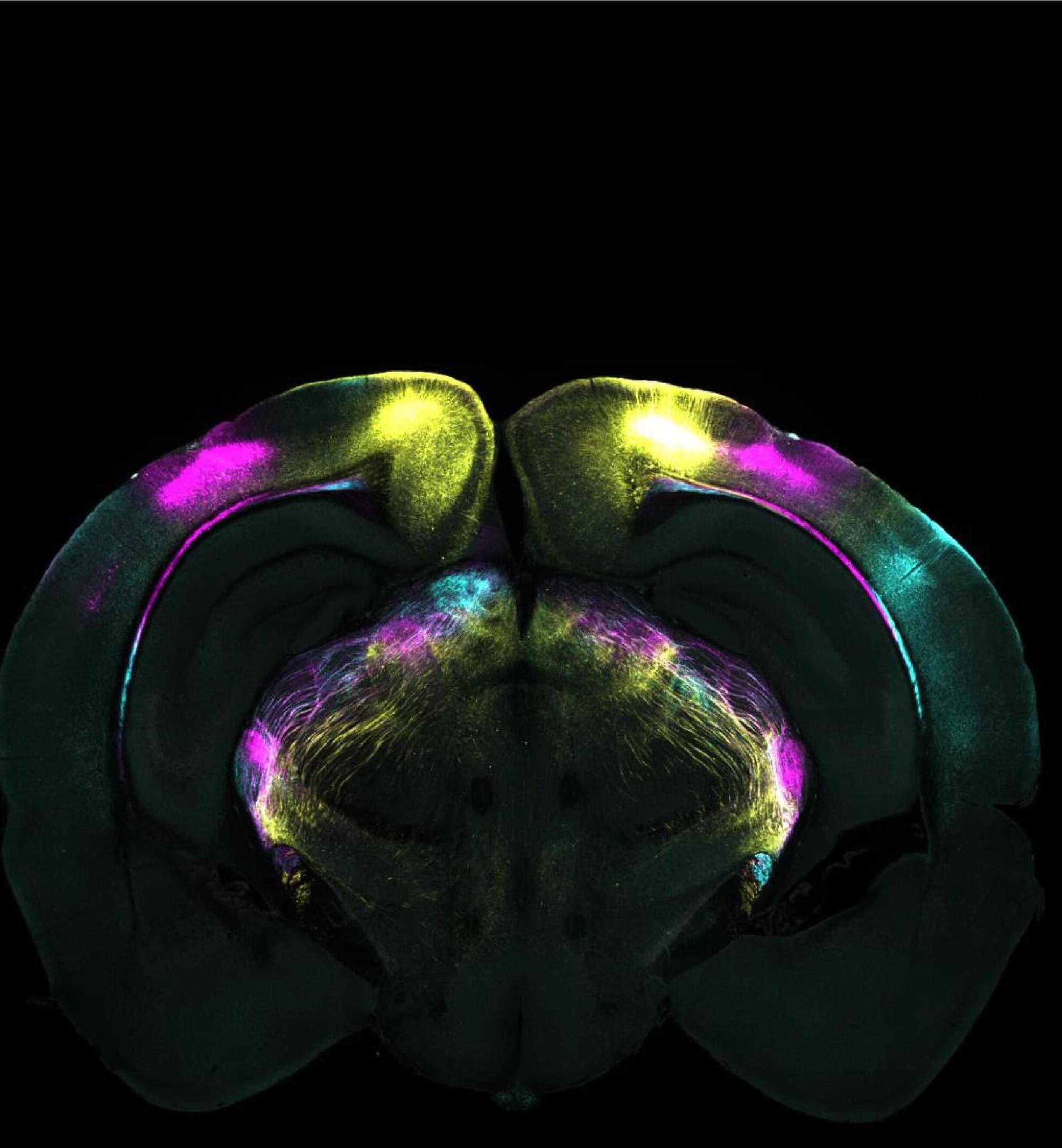
Researchers at the Sainsbury Wellcome Center (SWC) at UCL have unveiled the precise brain mechanisms that enable animals to overcome instinctive fears. Published in Science, the study in mice could have implications for developing therapeutics for fear-related disorders such as phobias, anxiety and post-traumatic stress disorder (PTSD).
The research team, led by Dr. Sara Mederos and Professor Sonja Hofer, mapped out how the brain learns to suppress responses to perceived threats that prove harmless over time.
“Humans are born with instinctive fear reactions, such as responses to loud noises or fast-approaching objects,” explains Dr. Mederos, Research Fellow in the Hofer Lab at SWC.
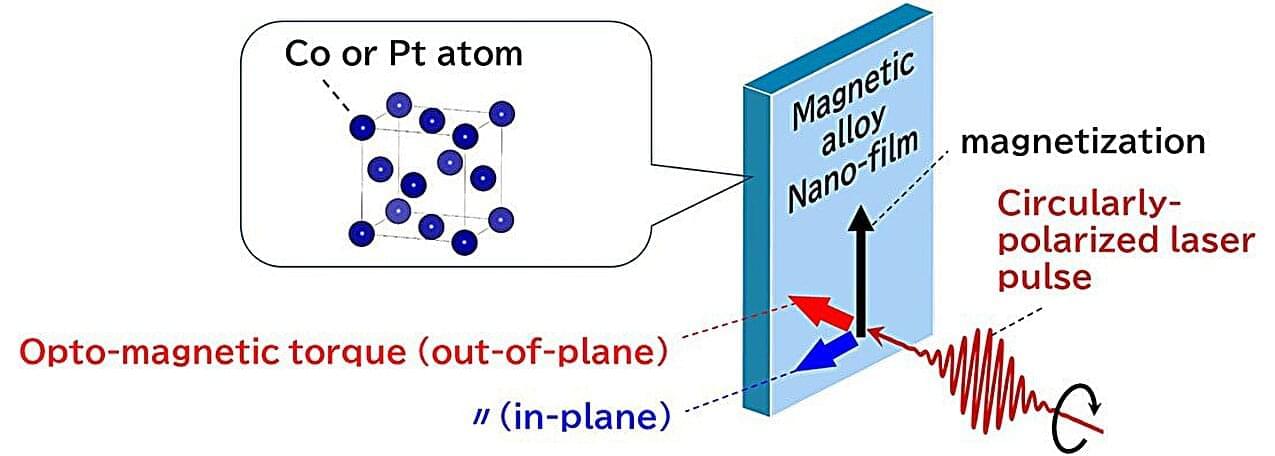
Researchers at Tohoku University have achieved a significant advancement in opto-magnetic technology, observing an opto-magnetic torque approximately five times more efficient than in conventional magnets. This breakthrough, led by Koki Nukui, Assistant Professor Satoshi Iihama, and Professor Shigemi Mizukami, has far-reaching implications for the development of light-based spin memory and storage technologies.
Opto-magnetic torque is a method which can generate force on magnets. This can be used to change the direction of magnets by light more efficiently. By creating alloy nanofilms with up to 70% platinum dissolved in cobalt, the team discovered that the unique relativistic quantum mechanical effects of platinum significantly boost the magnetic torque.
The study revealed that the enhancement of opto-magnetic torque was attributed to the electron orbital angular momentum generated by circularly polarized light and relativistic quantum mechanical effects. The findings are published in Physical Review Letters.

How does cold milk disperse when it is dripped into hot coffee? Even the fastest supercomputers are unable to perform the necessary calculations with high precision because the underlying quantum physical processes are extremely complex.
In 1982, Nobel Prize-winning physicist Richard Feynman suggested that, instead of using conventional computers, such questions are better solved using a quantum computer, which can simulate the quantum physical processes efficiently—a quantum simulator. With the rapid progress now being made in the development of quantum computers, Feynman’s vision could soon become a reality.
Together with researchers from Google and universities in five countries, Andreas Läuchli and Andreas Elben, two theoretical physicists at PSI, have built and successfully tested a new type of digital–analog quantum simulator.